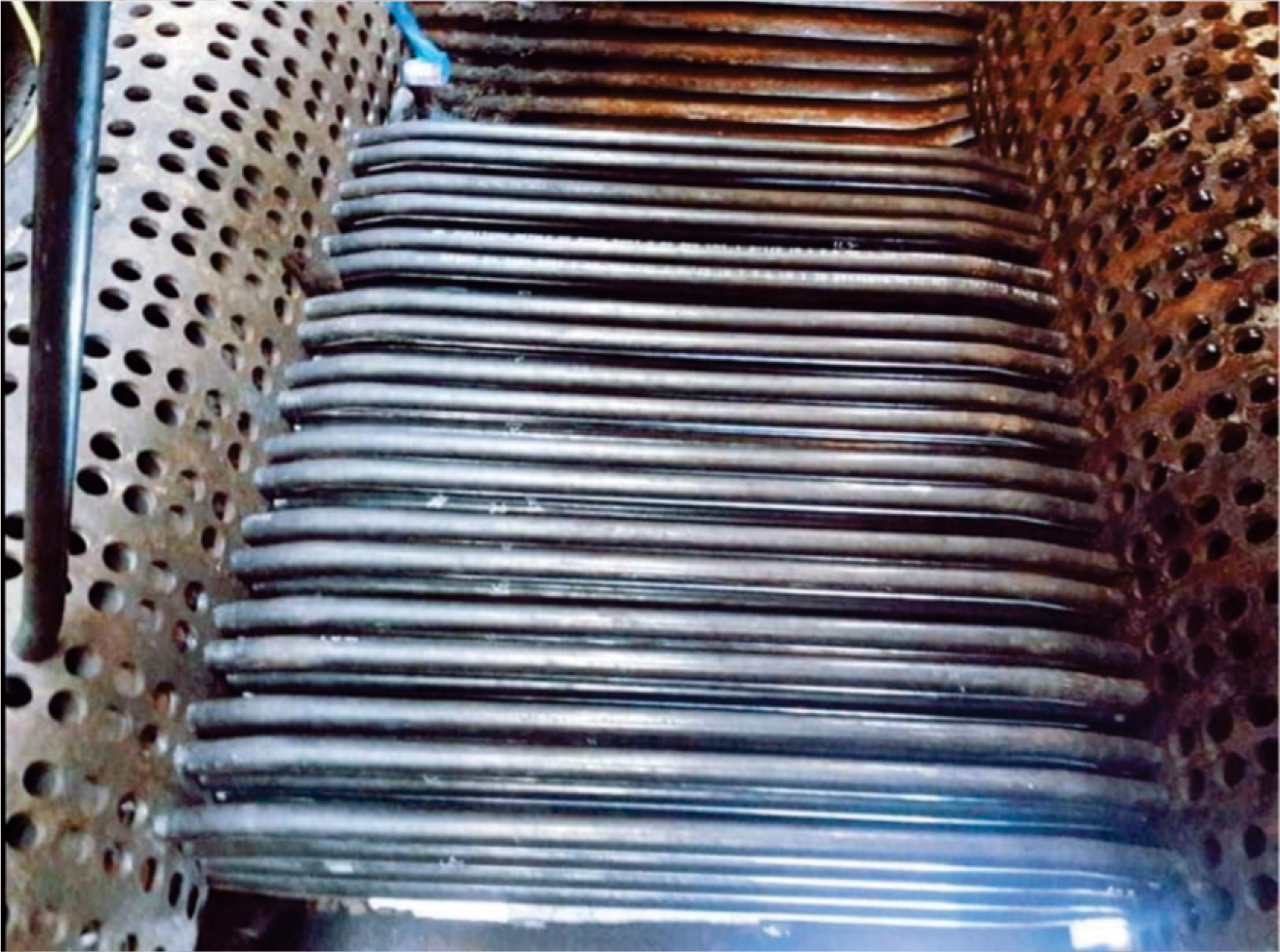
Ensuring the structural integrity and material condition of boiler bank tubes is paramount. Weld repairs, replacements, or upgrades may be necessary to address corrosion, erosion, or mechanical damage, thereby safeguarding the reliability and safety of boiler operations.

Khasra No-615, Jansath Road, Nairana Muzaffar Nagar- 251203 ( U.P.)
Copyright 2024 Reserved By western Boilers | Website Design With ❤️ By Grain e media